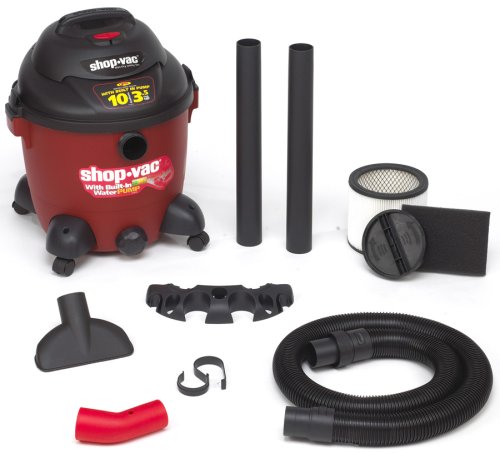Maybe you are in the planning stages for creating your Koi pond, or it is already set to hold water. Now it's time to decide on which circulation equipment to buy. Suddenly you are faced with a dizzying array of pump and filter choices! Don't feel overwhelmed! Asking a few relevant questions and applying some guidelines can help you select the right equipment for your pond's needs.
Circulation Requirements: Assuming you will have some kind of fish present, it is generally accepted that the entire pond should be circulated at least once every two hours. It is even better to do this every hour, particularly if you have many fish. For a 2500-gallon pond, you will want a pump that moves 1250-2500 gph (gallons per hour). If you plan to have a waterfall more than a few feet high, extra energy (and gph) will be required. See the pump's gph rating with head (height).
What is the Pond's Volume? You can already see why it is critical to know your pond's volume. It determines the pump gph capacity you will need.
To calculate the approximate volume, apply the following rules.
For a square or rectangular pond: (Width in feet) X (Length in feet) X (Average depth in feet) = Volume in cubic feet.
For a round pond: (Radius, or half-diameter in feet) X (Radius, or half-diameter in feet) X (3.14) X (Average depth in feet) = Volume in cubic feet.
Break your pond up into several sections if it has an irregular shape. Once you have the volume in cubic feet, multiply by 7.5 to find the gallons of water. This is because 1 cubic foot of volume will hold 7.5 gallons of water.
Example: A rectangular pond -
(16 ft long) X (8 ft wide) X (3 ft deep avg) X (7.5 gal/cu ft) = 2,880 gallons.
Circulating the pond every 2 hours requires a pump rated at around 1,500 gph. Hourly circulation dictates around 3,000 gph. Remember that a waterfall raises the requirement, and so does a large fish population, or lots of sunlight. For this pond example, I would recommend a 3,000 gph pump.
Submersible or External Pump? Submersible pumps are fine for smaller volume ponds. They are underwater, out of sight, and quiet. They are also less expensive than the external pumps. To clean a submersible pump, you haul it out of the pond with the hose(s) still attached. An external pump still has an intake (in the pond), but an occasional cleaning of that intake is easier than a submersible.
The main advantage of the external pumps is that they are much more efficient. Look at the amperage that the pump draws; it relates directly to your electric bill. A 4000 gph submersible pump may use 10 amps, while a 4000 gph external pump may draw less than 3 amps. That's a huge difference, especially over time.
Generally speaking, a submersible pump up to 3000 gph is a good choice. When you get to 4000 gph and much above that, the external pump is clearly a better choice because of its efficiency.
Biological Filter: This part is really quite easy. The filters are clearly rated for gph capacity, and now you can simply match that up with your pond's requirements and the pump you have chosen. Most good filters combine mechanical filtration with biological filtration. The biological filtration is an absolute must with fish. Definitely select one with an easy backwash feature! There are various media choices, and bead filters are quite popular now.
You will need to measure how much flexible hose is required to connect your equipment and run down into the pond and up to a waterfall; allow extra. Ask your dealer if you are unsure about which diameter hose to use with your pump.
Those are the basic issues you will need to consider in choosing the right circulation equipment for your pond. Now you should be able to enjoy your healthy fish!









